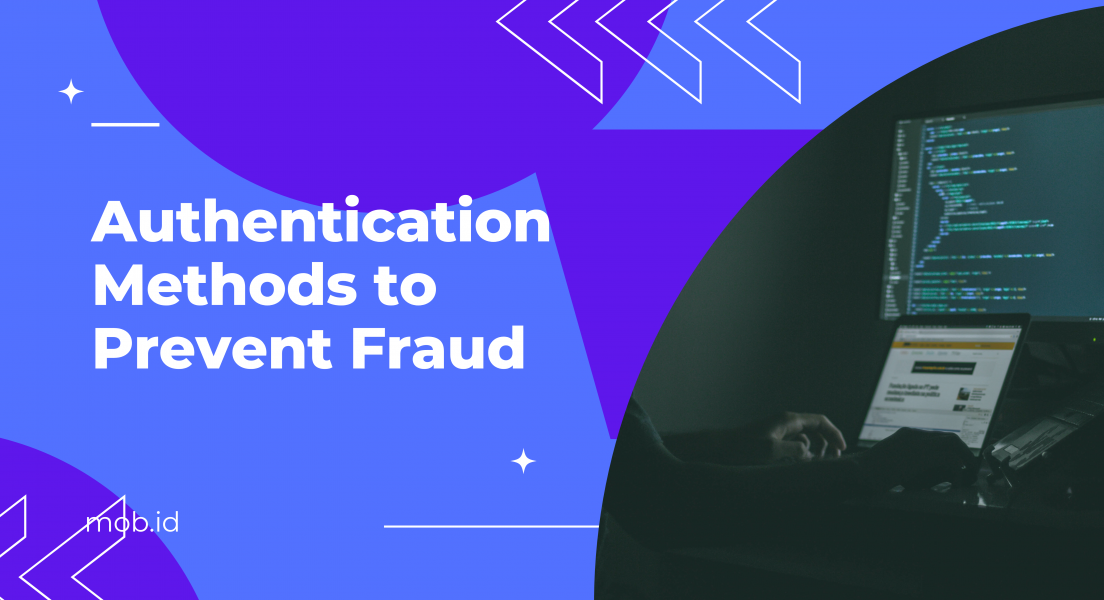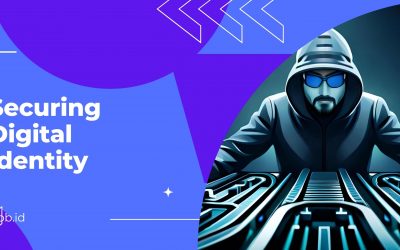Authentication verifies a user’s identity, usually through a username and password. You can prevent unauthorized access to your systems and data by authenticating users.
In addition to preventing unauthorized access, authentication can also help to prevent fraud. For example, if you require users to authenticate with two-factor authentication (2FA), it becomes much more difficult for someone to impersonate a user and commit fraud.
There are many different types of authentication, but not all are equally effective.
Common Authentication Types
Multi-factor authentication (MFA)
is an authentication method in which a user is granted access only after successfully presenting two or more pieces of evidence (or “factors”) to an authentication mechanism.
The most common factor types are something you know (usually a password), something you have (usually a token or key fob), and something you are (usually biometrics). To defeat MFA, an attacker must compromise all of the factors used.
Certificate-based authentication
Certificate-based authentication uses digital certificates as a means of authenticating devices and users. A digital certificate contains information that identifies the holder and is signed by a trusted third party. The certificate can be stored on the device or central server. The advantage of certificate-based authentication is that it is tough to create a false certificate that would be accepted as valid.
Biometric authentication
Biometric authentication is an identification process that relies on physical characteristics such as fingerprints, iris scans, or facial recognition. The advantage of biometric authentication is that it cannot be easily lost or forgotten as passwords can, and it is challenging to spoof – that is, to create a false biometric template that would be accepted as valid.
Token-based authentication
Token-based authentication uses time-limited tokens issued by a central authority to authenticate devices and users. The advantage of token-based authentication is that it adds a layer of security beyond what passwords alone can provide, and it can be easily revoked if necessary. However, the disadvantage is that if the token issuer’s systems are compromised, all tokens become invalid and must be reissued – which can cause significant inconvenience for users.
Single sign-on (SSO)
Single sign-on (SSO) allows users to authenticate with one set of credentials – usually a username and password – to gain access to multiple applications or services. The advantage of SSO is convenience: users only have to remember one set of credentials and can access all their applications with those credentials. However, the disadvantage is that if those credentials are compromised, all the applications they protect are also compromised.
What does network-level authentication mean?
Network-level authentication is an additional layer of security that can be used to verify the identity of users before they are allowed to access network resources.
With network-level authentication, users must authenticate with the network before accessing any resources on the web. This type of authentication is often used in conjunction with other types, such as 2FA.
Decentralized authentication architecture.
This architecture is designed to provide authentication services to a distributed system. A key advantage of this architecture is that it eliminates the need for a central authentication server.
Mob.id uses the best practices of government infrastructure. We verify a user’s encrypted personal data through the Public Key Directory. It keeps your information safe while providing a fast & secure experience on the go.
Some of the benefits of using Mob.id’s decentralized architecture for authentication and verification include:
- This architecture is designed to provide authentication services to a distributed system.
- The use of best practices from government infrastructure to keep your information safe.
- The ability to seamlessly authenticate users through a government-level secure QR process.
Conclusion
The user authentication market is complex and crowded, with over 300 providers offering various methods based on credentials and signals. Organizations must establish trust in the user’s real-world identity while providing a frictionless user experience, especially as they move more high-risk interactions online.
One effective solution to prevent breaches and fraud is using a decentralized system like Mob.id. As we have studied, substantial multi-factor authentication requires control over three components:
- Something you know (Password)
- Something you have (a token)
- Something you are. (biometric information)
With each component, the security level gets more robust and more challenging for criminals to breach in.
With Mob.id, your data is encrypted and stored on a user’s device only. Mob.id unites in itself these three parts in the following manner:
- Primary passport data about a personality
- Unique token from you through a secure connection
- Biometric information (real-time facial recognition)



